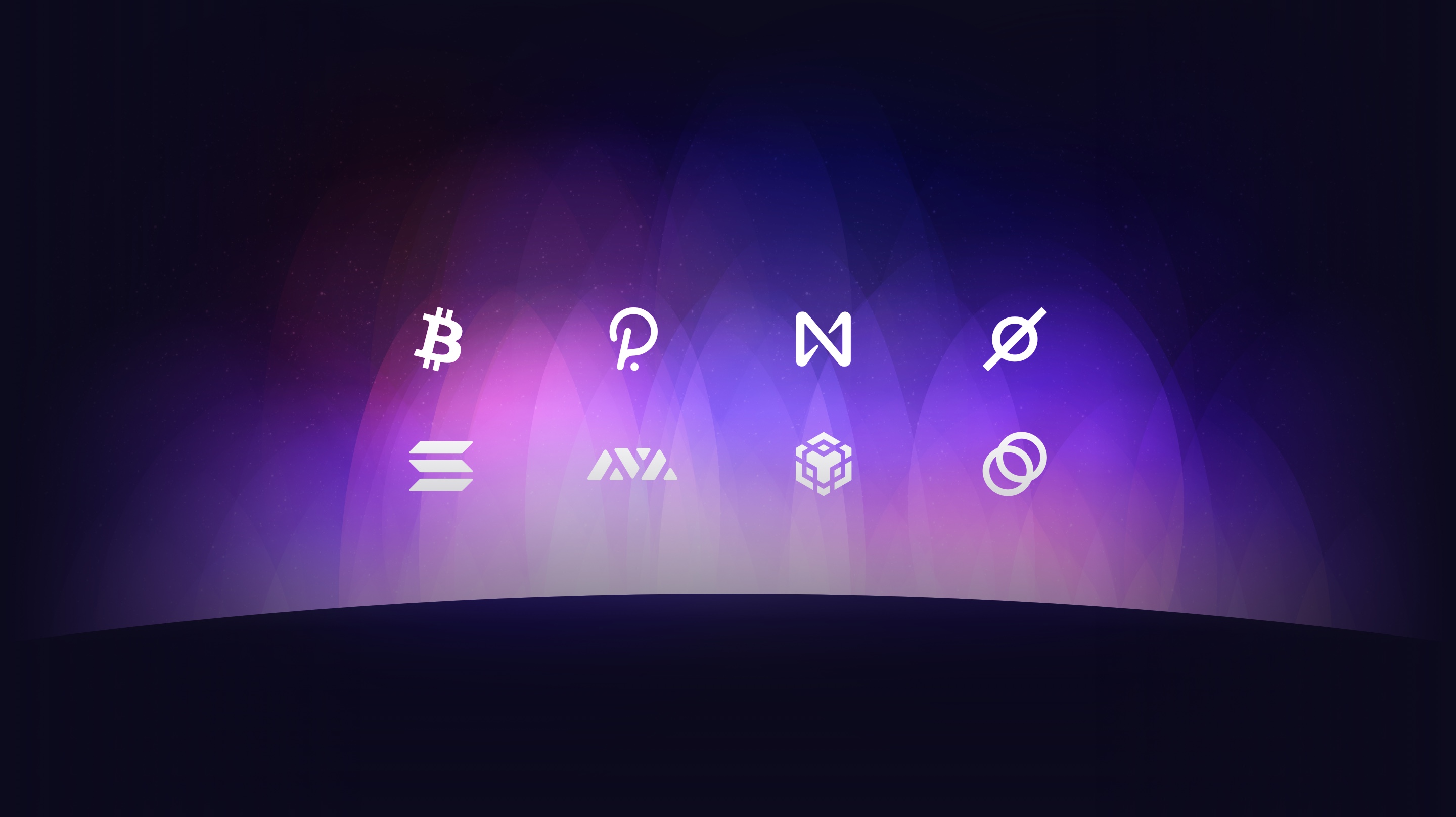

After a Successful Mainnet Launch on Ethereum, The Graph Evaluates Integrating Additional L1 Blockchains
The Graph Foundation is exploring providing support for additional Layer 1 blockchains, Bitcoin, Polkadot, NEAR, Cosmos, Solana, Avalanche, Binance Smart Chain, and Celo to support Web3 development.
Today The Graph Foundation revealed the list of additional Layer 1 blockchains that are being evaluated for potential integration. These could join The Graph’s current supported chains of Ethereum and IPFS, enabling querying of (open APIs) for data across many blockchains.
The Graph is already integrated with many applications on Ethereum such as Uniswap, AAVE, Decentraland and Synthetix that use for retrieving data. smart contracts are also deployed on Ethereum and Graph Token (GRT) is an ERC-20 utility token that is staked by network participants for economic security. Additionally, all network query fees are settled via state channels and The Graph continues to contribute to Ethereum Scalability in collaboration with State Channels, Consensys R&D and Connext.
The Graph’s goal is to make it as easy as possible for developers to access on-chain data and build decentralized applications. As a result, it’s pertinent that we offer support for all blockchains that meet technical standards, have strong community support, have developer adoption and comply with applicable laws. By expanding to other Layer 1s, The Graph is helping to grow overall Web3 development and will help current Ethereum developers build interoperable applications.
Eva Beylin, Director at The Graph Foundation, says:
“After launching mainnet, we are looking to accelerate the upward trajectory of the Web3 ecosystem. That means ensuring that no matter which Layer 1 blockchain you are building on, you can build a subgraph and easily access data from across chains. We think this is a key part of unlocking that next wave of innovation on the decentralized internet.”
The Graph has spent 3 years developing subgraph features and refining the Graph Node for Ethereum, now that standard will be applied to other blockchains. Though The Graph is expanding to support multiple chains, Ethereum will remain the standard for The Graph Network and GRT will remain an ERC20 token.

After receiving feedback from the community, the blockchains currently being explored are: Bitcoin, Polkadot, NEAR, Cosmos, Solana, Avalanche, Binance Smart Chain, and Celo.
The Graph community is currently conducting due diligence on the Layer 1’s infrastructure as well as the respective developer communities. The next Layer 1 blockchains are expected to be onboarded in the coming months. Key criteria for the next integrations include ease of integration, number of developers and applications, excitement and rigor from the community around the blockchain as seen in social channels and in , alignment with The Graph’s goals and the Web3 movement.
Blockchain interoperability has continued to be a pain point for developers and as the DeFi and NFT spaces continue to grow, applications will need to interact with many protocols and chains. The progress made by The Graph has helped to alleviate those obstacles, with over deployed to date.
Additional Layer 1 integrations will dramatically increase the number of subgraphs and the ability for dApps to work in a multi-blockchain environment to give users optionality and the best Web3 experience. This will also boost the overall movement of development from Web2 to Web3, as developers can learn to use subgraphs without being knowledgeable about the chain’s underlying smart contracting language.
Eva Beylin adds:
“Although the protocol now supports Ethereum and IPFS, The Graph is blockchain agnostic. We are really looking forward to adding more developers and Layer 1 chains to our community. While The Graph is built on Ethereum, we also believe in uniting the ecosystem under a multi-blockchain future, making it easy to develop and use Web3. By providing subgraph support across chains, developers will be able to utilize the best of whatever each blockchain has to offer.”
The Graph Foundation also invites developers, researchers and community members alike to . Anyone contributing to the candidate Layer 1 blockchains can apply for a grant for Protocol Infrastructure, Tooling, Decentralized Applications or Community Building. The Foundation is aiming to distribute up to ~25M GRT in grants in The Graph ecosystem in 2021.
With multi-blockchain expansion, The Graph is helping to solve composability issues in blockchain by creating decentralized APIs that serve data from a number of different chains. With The Graph, it becomes easier for app developers to interact with blockchains, without needing to build a proprietary server or back-end infrastructure. This reduces friction and makes developing on blockchain a more intuitive process. This type of query layer interoperability is incredibly useful for keeping multi-blockchain applications fully decentralized. The Graph is looking forward to supporting blockchain developers and is committed to the Web3 vision.
About The Graph
is the leading indexing and query protocol powering the decentralized internet. Since launching in 2018, it has empowered tens of thousands of developers to effortlessly build and leverage across countless blockchains, including Ethereum, Solana, Arbitrum, Optimism, Base, Polygon, Celo, Soneium, and Avalanche. With powerful tools like Substreams and Token API, The Graph delivers high-performance, real-time access to onchain data. From low-latency indexing to rapid token data, it serves as the premier solution for building composable, data drive dapps.
Discover more about how The Graph is shaping the future of decentralized physical infrastructure networks (DePIN) and stay connected with the community. Follow The Graph on , , , , , and . Join the community on The Graph’s , join technical discussions on The Graph’s .
oversees The Graph Network. , , , and are five of the many organizations within The Graph ecosystem.
